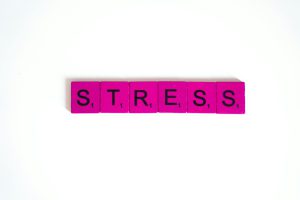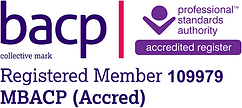Today is Self-Harm Awareness Day(March 1st, 2025). It’s important for everyone to understand of self-harm, to recognise its prevalence, and explore effective strategies to support those affected. You never know who around you may be self-harming; it takes many forms and people hide it well.
Prevalence of Self-Harm in the UK
Self-harm remains a significant concern in the UK, according to Mind, approximately 1 in 14 people engage in it during their lifetime. The prevalence is notably higher among young people; nearly half of 17 to 19-year-olds with a diagnosable mental health disorder have self-harmed or attempted suicide at some point, with the rate rising to 52.7% for young women.
Recognising Signs of Self-Harm
Identifying self-harm can be challenging, as individuals often conceal their behaviours due to shame or fear of judgement. Common signs include:
- Unexplained Injuries: Frequent cuts, burns, bruises, or other wounds.
- Covering Up: Wearing long sleeves or trousers even in warm weather to hide injuries.
- Isolation: Withdrawing from friends and family.
- Behavioural Changes: Signs of depression, anxiety, or unusual secrecy.
- Possession of Harmful Objects: Keeping sharp objects or other items that could be used for self-injury.
It’s important to note that self-harm manifests in various forms, including cutting, burning, hitting oneself, or ingesting harmful substances such as drugs, alcohol or even food (e.g. overeating, binge eating)
Alternative Coping Strategies
For individuals who self-harm, finding alternative coping mechanisms can be a crucial step toward healing. Some strategies include:
- Sensory Distractions:
- Holding Ice: Grasping ice cubes can provide a sharp, cold sensation without causing lasting harm.
- Elastic Band: Snapping an elastic band against the wrist can mimic the sensation of self-harm without inflicting injury.
- Drawing on Skin: Using a red marker to draw lines where one might usually cut can serve as a visual and tactile substitute.
- Physical Activities:
- Exercise: Engaging in activities like running, dancing, or yoga can help release built-up tension and endorphins.
- Punching a Pillow: This can provide an outlet for anger or frustration in a safe manner.
- Creative Outlets:
- Art: Drawing, painting, or sculpting can help express emotions that are difficult to verbalise.
- Writing: Journaling or composing poetry can provide an avenue to process complex feelings.
- Mindfulness and Relaxation:
- Deep Breathing: Practicing controlled breathing exercises can help calm the mind and reduce the urge to self-harm.
- Meditation: Regular meditation can increase self-awareness and emotional regulation.
It’s essential to note that while these strategies can be helpful, their effectiveness varies among individuals. It’s crucial to find what works best for each person and to seek professional guidance when needed.
Supporting Someone Who Self-Harms
If you suspect someone is self-harming, approaching the situation with empathy and understanding is vital. Here are steps to offer support:
- Listen Without Judgement: Create a safe space for them to share their feelings. Avoid expressing shock or disapproval.
- Encourage Professional Help: Gently suggest seeking support from a mental health professional or counsellor.
- Offer Practical Support: Assist them in finding resources or accompanying them to appointments.
- Be Patient: Recovery is a process. Offer consistent support without pressuring them.
- Take Care of Yourself: Supporting someone can be emotionally taxing. Ensure you have your own support system.
For immediate assistance, various helplines in the UK offer free, confidential support for self-harm.
To Sum Up
On this Self-Harm Awareness Day, let’s commit to understanding and supporting those affected by self-harm. By recognising the signs, exploring alternative coping strategies, and offering compassionate assistance, we can make a meaningful difference in their journey toward healing.






